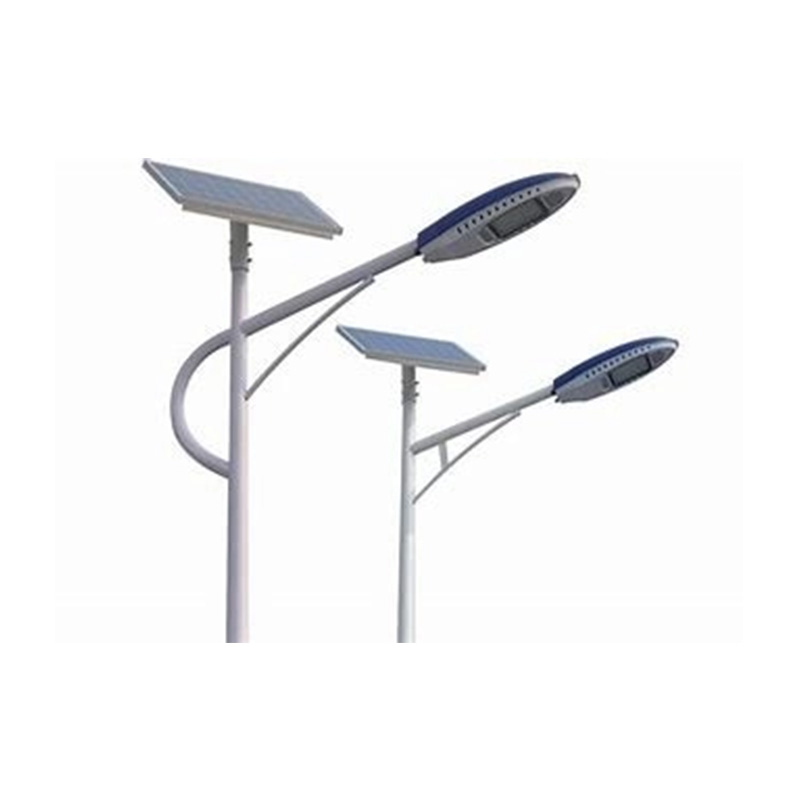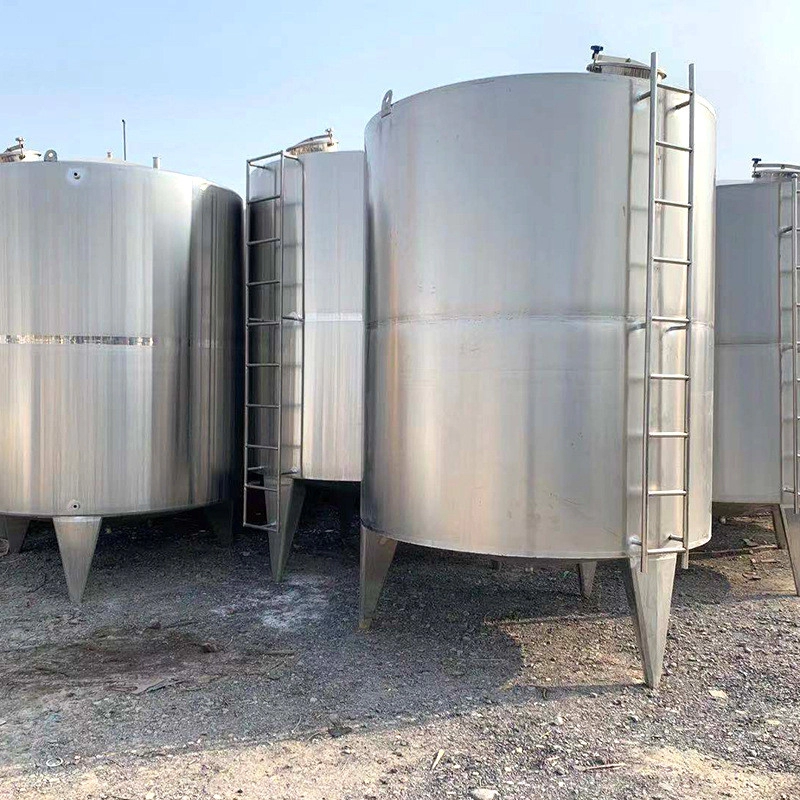Secret #1: Material Selection Impacts Everything
Choosing the wrong metal? That’s like building a boat with screen doors. For instance, untreated steel corrodes fast in humid environments. Aluminum works well for lightweight needs but dents easily. Interestingly, a NEMA study found material failures cause 42% of industrial enclosure issues (NEMA Enclosure Report, 2024).
Material Comparison Table
| Feature | Stainless Steel | Aluminum |
|---|---|---|
| Corrosion Resistance | Excellent | Good (anodized) |
| EMI Shielding | High | Medium |
| Cost Efficiency | $$$ | $$ |
Warning: Don’t mix metals without isolation! Galvanic corrosion can eat through joints in months.
Secret #2: Gasket Design is Your First Defense
Think gaskets are just rubber strips? Think again. Silicone handles extreme temps (-40°C to 200°C), while EPDM resists UV degradation. In our 2025 telecom project, we found compression force matters most—too little leaks, too much deforms the sheet metal enclosure. Here’s how to install right:
5-Step Gasket Installation Guide
- Clean surfaces with isopropyl alcohol
- Apply adhesive at corners first
- Maintain 15-30% compression ratio
- Avoid stretching during placement
- Cure 24 hours before testing
Surprisingly, conductive silicone gaskets boost EMI shielding by 25 dB (IEEE EMC Journal, 2023).
Secret #3: Seam Engineering Stops Invisible Leaks
Even tiny gaps wreck IP ratings. Laser-cut panels fit tighter than stamped ones—tolerances under 0.1mm. For critical applications, tongue-and-groove joints beat flat seams. However, remember: complex designs increase costs. A smart balance? Use stepped seams near gaskets.
Secret #4: Environmental Testing is Non-Negotiable
Lab tests prevent field disasters. IP67 testing involves submerging enclosures. We once saved a client $50k by catching condensation issues during thermal cycling. Pro tip: test with actual gaskets—mockups lie!
Real-World Case: Outdoor Medical Device
A manufacturer used standard sheet metal enclosures for hospital monitors. Failures spiked in coastal areas. Solution: Salt-spray tested stainless steel + marine-grade gaskets. Result? 90% fewer returns. Check our proven sheet metal enclosure designs.
Common Mistakes to Avoid
Warning: Never skip surface prep! Oils from manufacturing prevent gasket adhesion. Also, using one gasket type for all environments? Big mistake—chemical exposure varies wildly.
Sealing Checklist Before Shipment
- □ Verify IP rating test results
- □ Check for burrs on metal edges
- □ Measure gasket compression with feeler gauges
- □ Confirm EMI shielding effectiveness >60 dB
- □ Inspect drainage points (if applicable)
FAQs: Sheet Metal Enclosure Sealing
Q: How often should gaskets be replaced?
A: Typically 3-5 years, but inspect annually in harsh conditions.
Q: Can I retrofit old enclosures?
A: Yes! Adding conductive tape or liquid gaskets often works.
Q: What’s the cheapest IP65 method?
A> Foam tape + careful seam welding—though durability suffers.
Perfect sealing transforms sheet metal enclosures from basic boxes into reliable shields. By mastering materials, gaskets, seams, and testing, you’ll stop leaks before they start. Got a tricky application? Our engineers live for this stuff.







